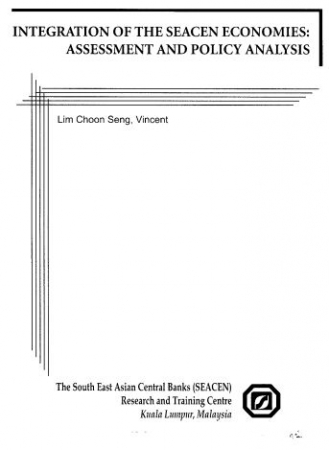A large part of SEACEN economies is already de-facto integrated with respect to trade and foreign direct investment. However trade is still very dependant on exports to countries outside the region in particular the US. Compared to the European Union(EU) SEACENs economic structure is far more heterogeneous making the path taken by EU difficult to replicate. Perhaps the first step is to work towards forming some sort of a customs union among selected groups of SEACEN countries. This requires less effort but cannot be easily achieved in the short run. These groups could then adopt the parallel currency approach of Mundell (2002) to issue some sort of a currency unit based on a weighted basket of members currencies with the US dollar used for invoicing and settling trade until a clearing and settlement system of the currency unit can be established. Accordingly the motivation to adopt the single currency will then be driven by economics rather than politics (Eichengreen 2005). The second stage may involve further integration among these sub-groups. However it is not quite clear whether in the near future a common currency or the adoption of a common currency-peg is desirable for the whole SEACEN region. History and pragmatism have dictated that partial integration among selected SEACEN countries will be the future trend for integration.
-
About Us
-
Events
-
Publications
-
About The SEACEN Centre
-
The Centre's Governance
-
Courses

